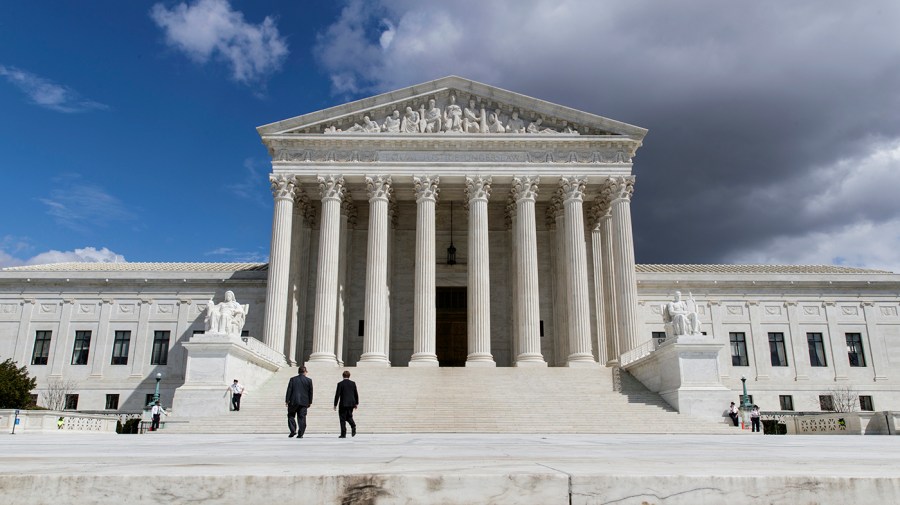Colleges grapple with Supreme Court's affirmative action ruling as Black enrollment declines

The Impact of the Supreme Court's Affirmative Action Ruling on University Enrollments
Two years have passed since the Supreme Court made a landmark decision to eliminate affirmative action in higher education admissions. This ruling has had significant consequences, particularly for Black and Asian American student enrollments at selective universities. The effects of this decision are becoming increasingly evident, with some institutions reporting a sharp decline in the number of Black students.
An analysis conducted by The Associated Press examined 20 elite schools and revealed the dramatic impact of the 2023 Supreme Court decision. Some of these institutions have seen their Black student populations drop to as low as 2 percent. These statistics highlight the immediate and tangible consequences of the court’s ruling, which has sparked widespread debate about the future of diversity and inclusion in higher education.
While there is general agreement that the 6-3 Supreme Court decision is the primary cause of these changes, there is still much discussion about how universities can work to restore these numbers. Educators, administrators, and policymakers are exploring various strategies to address the disparities created by the absence of affirmative action policies.
Madison Weiss, a senior analyst for Higher Education Policy at the Center for American Progress, emphasized that the decline in Black student enrollment at elite institutions is not an accident. She pointed out that this trend reflects the predictable and concerning outcomes of removing one of the most effective tools for promoting equity in education. Weiss's comments underscore the broader implications of the ruling, suggesting that the decision may have long-term effects on the representation of underrepresented groups in higher education.
The debate over how to respond to this situation has also raised questions about the potential role of the Trump administration. While it is unclear what specific actions the administration might take, there is a growing concern about the direction of educational policy and its impact on diversity and inclusion.
Some experts argue that alternative methods must be developed to ensure that all students, regardless of race or background, have equal access to quality education. These methods could include expanding outreach programs, increasing financial aid, and implementing more holistic admissions processes that consider a wider range of factors beyond standardized test scores.
In addition to the challenges faced by Black students, the shift in enrollment patterns has also affected Asian American students. Recent data indicates that Asian American enrollment at selective universities has increased, raising new questions about the dynamics of racial representation in higher education.
This situation highlights the complex nature of affirmative action and its role in shaping the demographic composition of universities. As institutions navigate these changes, they must balance the need for diversity with the legal constraints imposed by the Supreme Court's decision.
The ongoing dialogue around this issue is crucial for understanding the broader implications of the ruling. It calls for continued research, policy development, and community engagement to ensure that all students have the opportunity to succeed in higher education.
Ultimately, the decision to abolish affirmative action has set the stage for a critical examination of how universities can maintain diversity and inclusion without relying on race-conscious admissions. The path forward will require innovative thinking, collaboration, and a commitment to equity for all students.
Post a Comment